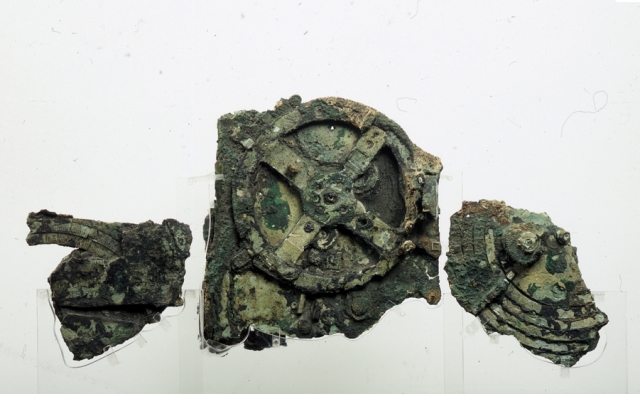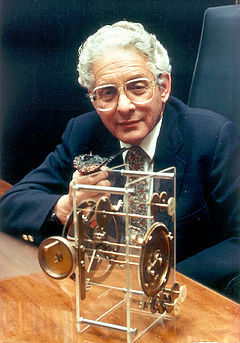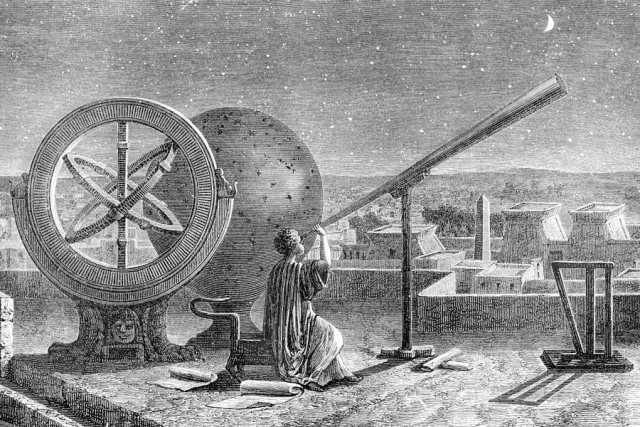Ivan Petkov
What connects ancient Greece, astronomy and computers? It is a device that has excited the scientific community for more than a century. It has brought together passionate researchers, groups on the Internet, engineers, mathematicians, astronomers, even fans of theories of extraterrestrial contact and of influence on the part of intelligent races from other planets that have had their impact on the development of mankind in the past. It is the Antikythera Mechanism. We have already informed you about this mechanism and you can see our photo report of the most interesting objects found on the discovered wrecked ship. New research has again aroused the spirits and it is time to present detailed information about this unique ancient "computer".

This is the original mechanism
It all started with doubt.
The mechanism was found near Antikythera Island, hence its name. Sponge divers found it at the beginning of the past century, in the year 1900, and initially it was not among the most remarkable discoveries. Two years later, Valerios Stais, an archaeologist from the National Archaeological Museum in Athens, suggested that the 82 pieces of bronze and about 32 wheels collected were parts of a complex mechanism. After British historian Derek J. de Solla Price drew the attention towards the mechanism in 1955 again, the first reaction of the scientific community was to doubt its dating. It was known by that time that the construction of the first such mechanisms had started as late as the 14th century. After two X-ray photographs taken in 1959 and 1971, scepticism grew as it was established that the gears used in the mechanism were found only in the 16th century whereas the creation of such compact mechanisms dated back to the 17th century.
 Derek J. de Solla Price
Derek J. de Solla Price
There were hypotheses that the mechanism had accidentally found itself among the ancient excavations, thus being added to the antiquities. The latest X-ray analyses were carried out in Athens in 2005 with a purpose-built tomographer that was brought from Britain. The powerful three-dimensional device showed signs in poor condition, some of which were only one tenth of a millimetre. By using modern technology and combining the multiple scanned fragments, the researchers were able to recover some of the inscriptions on the mechanism. They managed to decipher more than 2,000 characters, thus shedding new light on the purpose of the ancient computer. The findings confirmed that the mechanism was used to calculate the movement of the celestial bodies known to ancient Greeks, namely the Earth, Moon, Sun and the 5 planets closest to our own. The device is a precise astronomical calendar. Yiannis Batsakis, one of the co-authors of the study, states that such a mechanism was used for calculations relating to the Olympic and other games in ancient Greece.
Ancient people had developed intellect.
There is an underlying notion in our minds that human evolution follows an upward line, including in technical terms. We believe that if ancient people had different views, beliefs and ways of looking at things, they were at a primitive level. Discoveries like the Antikythera Mechanism show that ancient scientists did not differ from their modern counterparts and brilliant minds of mankind have always been ahead of the age in which they live in order to give a strong impetus to science and the progress of human society. Maybe it is time to accept that they were not primitive but intelligent, and possessed more knowledge and skills than we tend to acknowledge.
Astrology and astronomy.
Today, many of us ridicule astrology and believe astronomy is a true science. In our section "Astro school", we try to show that the two sciences are two sides of the same coin.

Ancient astronomers did not draw a line between them. They used a whole range of natural sciences to describe the phenomena that influence nature and the rhythm of human existence and determine them. We can look at the Antikythera Mechanism as not only a marvel of technological thought, but also as a historical artefact showing certain influences and connections in the ancient world. Some scientists believe that the mechanism clearly shows the relationship between the astronomy schools in Babylon and ancient Greece and that the Greek school received and developed a lot of knowledge from its forerunner.